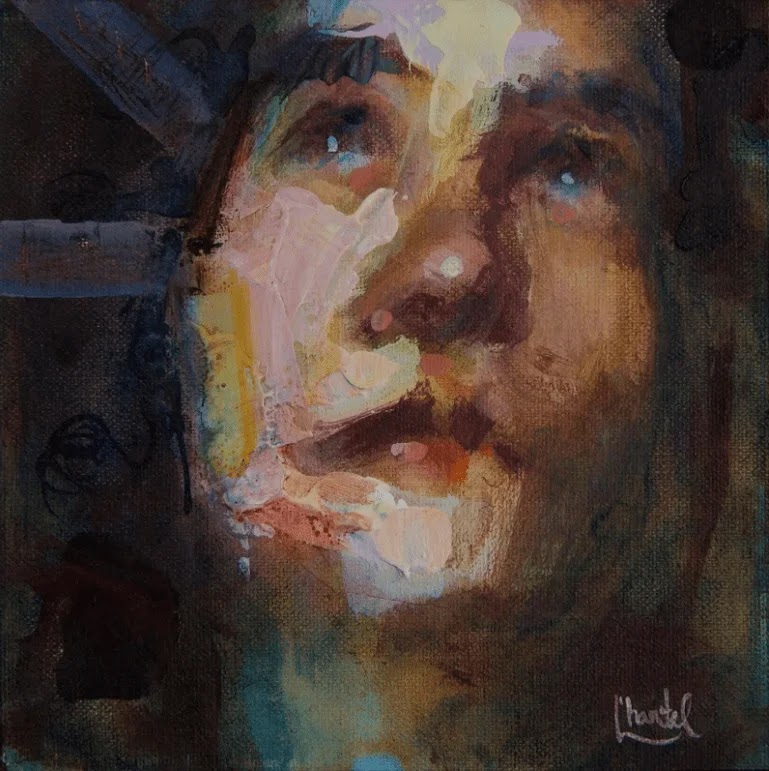Why Circular Panel Design Is on the Rise in Modern Interiors
Over the past few years, the use of rounded architectural elements—especially circular panels—has surged in modern interiors. These forms bring an elegant blend of unity and harmony, evoking a subtle yet powerful aesthetic appeal. Circular motifs naturally draw the eye inward, creating spaces that feel both balanced and visually engaging.
This blog explores why circular panel design is gaining momentum, highlighting its structural advantages, versatile finishes, and symbolic impact in shaping modern interiors.
Structural Strength and Lasting Durability
One of the strongest reasons behind the growing popularity of circular panels is their structural resilience. Constructed from aluminum composite material, which combines thin layers of aluminum with a polyethylene core, these panels achieve the rare balance of strength and lightness. Unlike traditional wood supports or stretched canvas, they are resistant to warping and cracking, providing a reliable foundation for creative and architectural expression.
Their round form, paired with this durable material, allows them to withstand the test of time while maintaining visual appeal. For designers seeking longevity in their work, the qualities of these panels present a compelling option that ensures stability without sacrificing elegance.
Surfaces That Adapt to Creative Vision
Circular panels also appeal to modern design because of the variety of finishes available. The unprimed option provides complete freedom, giving designers the chance to apply their own surface treatments, textures, or grounds to suit the specific needs of a project. For those preferring a more tailored option, primed versions offer surfaces ready for different artistic mediums.
A smooth, absorbent priming works well for paint applications such as acrylic, oil, or tempera, while a lead white oil-primed finish offers subtle texture, reduced absorbency, and even drying, making it ideal for highly detailed or layered projects. This adaptability in surface treatment demonstrates how circular design can serve as both a practical foundation and an expressive element in interiors.
Symbolism of Unity and Balance
Circular motifs have always been associated with wholeness and balance, and in modern interiors, this symbolism is being rediscovered in innovative ways. Rounded forms soften rigid lines, create continuity within a space, and draw the eye into fluid movement. A circular element feels inclusive, complete, and harmonious, qualities that resonate strongly with contemporary approaches to design.
In interiors dominated by angular structures, a round form introduces contrast and rhythm, subtly weaving together separate elements into a more cohesive whole. By serving as focal points or integrated features, circular designs enrich spaces with a sense of harmony that appeals on both aesthetic and emotional levels.
Expanding Creative Horizons with Larger Forms
Another reason circular panel design is capturing attention lies in the possibilities created by larger formats. Panels constructed with a cradle support of Baltic birch extend the potential size up to thirty-six inches in diameter, offering expansive surfaces suitable for ambitious design projects. These larger panels allow for experimentation with scale, whether integrated into architectural installations, featured as bold wall elements, or explored in mixed-media applications.
Their stability and size encourage creative expression while opening new pathways for interior spaces to feel immersive, dynamic, and thoughtfully composed.
Designed for Long-Term Value
Circular panels are not only a visual choice but also a practical one, designed to endure over time. Their materials and finishes are carefully chosen to maintain integrity while meeting the needs of contemporary creators. Produced with attention to durability and usability, these panels deliver reliability without limiting design freedom. In this way, they respond to both the functional and creative demands of architecture and interior design, serving as an investment in both aesthetics and longevity.
Conclusion
The rise of circular panel design in modern interiors highlights the seamless blending of form and function. These panels represent unity and balance through their rounded shape, while also delivering practical qualities such as resistance to warping, lightweight construction, and adaptability to a variety of surfaces and media. They enrich interiors not only by their presence but also by the symbolic and harmonious energy they bring into a space.
Circular design reflects a broader movement toward organic forms and integrated spatial experiences. Instead of sharp boundaries, interiors shaped by rounded elements encourage continuity and inclusivity. As Rounded Panels continue to find their place in modern spaces, they stand as more than decorative features—they embody a design language that connects structure, creativity, and meaning in a way that feels both timeless and innovative.



Comments
Post a Comment